Indian Relay May Just Be America’s Most Extreme Sport
For Indigenous participants of the bareback horse race, the sport connects them to centuries of history.
It’s race time at the North American Indian Days (NAID) in Browning, Montana—the Blackfeet Indian Reservation’s headquarters—and rider Azeri Coby is feeling confident about his odds. The 20-year-old Shoshone-Bannock tribe member has already completed the first exchange of a three-round heat in the Indian Relay, an extreme horse racing event that blends cultural heritage with adrenaline-fueled sport. As he starts around the oval-shaped dirt track on his second lap, Coby and his horse are holding their own against seven other teams. Then, suddenly, another racer enters his path and Coby’s knee gets caught between the two horses. Injured, he falls to the ground, and his team is immediately disqualified since they’re unable to finish the race. Now with the prospect of multiple strained ligaments, Coby must face the end of his season too.
Often described by Native American tribes as “America’s first extreme sport,” the Indian Relay is a heart-pumping thrill ride. It’s a staple across Indian reservations in the northern plains of the United States, especially in Montana, Idaho, and Wyoming. While the sport has grown in both scope and popularity in recent years, with new races popping up across Oklahoma, Nebraska, and Canada, it’s the history of the event—and what it means to the Plains tribes where it originated —that’s behind the drive of some of the sport’s most staunch participants.
The Indian Relay is a fast-paced, bare-back horse race where teams complete three consecutive laps around a standard horse track. Between each lab, the rider switches to a new, fresh horse with the help of a skilled team. The hair-raising sport can trace its roots back to tribes such as Coby’s Shoshone-Bannock people, whose members have been participating in the relay for over a century. A precursor to today’s Indian Relay goes back even further to when Spanish colonists reintroduced horses to North America in 1519.

Each May through September, crowds pack the stands at tribal celebrations and rodeos, placing their bets on teams who compete for prizes such as championship jackets, cash, and, most importantly, pride. Participating in and winning individual heats throughout the season is a way for teams to work their way up to the National Indian Relay Championships (a.k.a “Nationals”), the culminating race that takes place every September at the Eastern Idaho State Fair in Blackfoot, Idaho. It’s the equivalent of National League Baseball’s World Series. Every team dreams of competing in Nationals, including Coby’s Tissidimit Team.
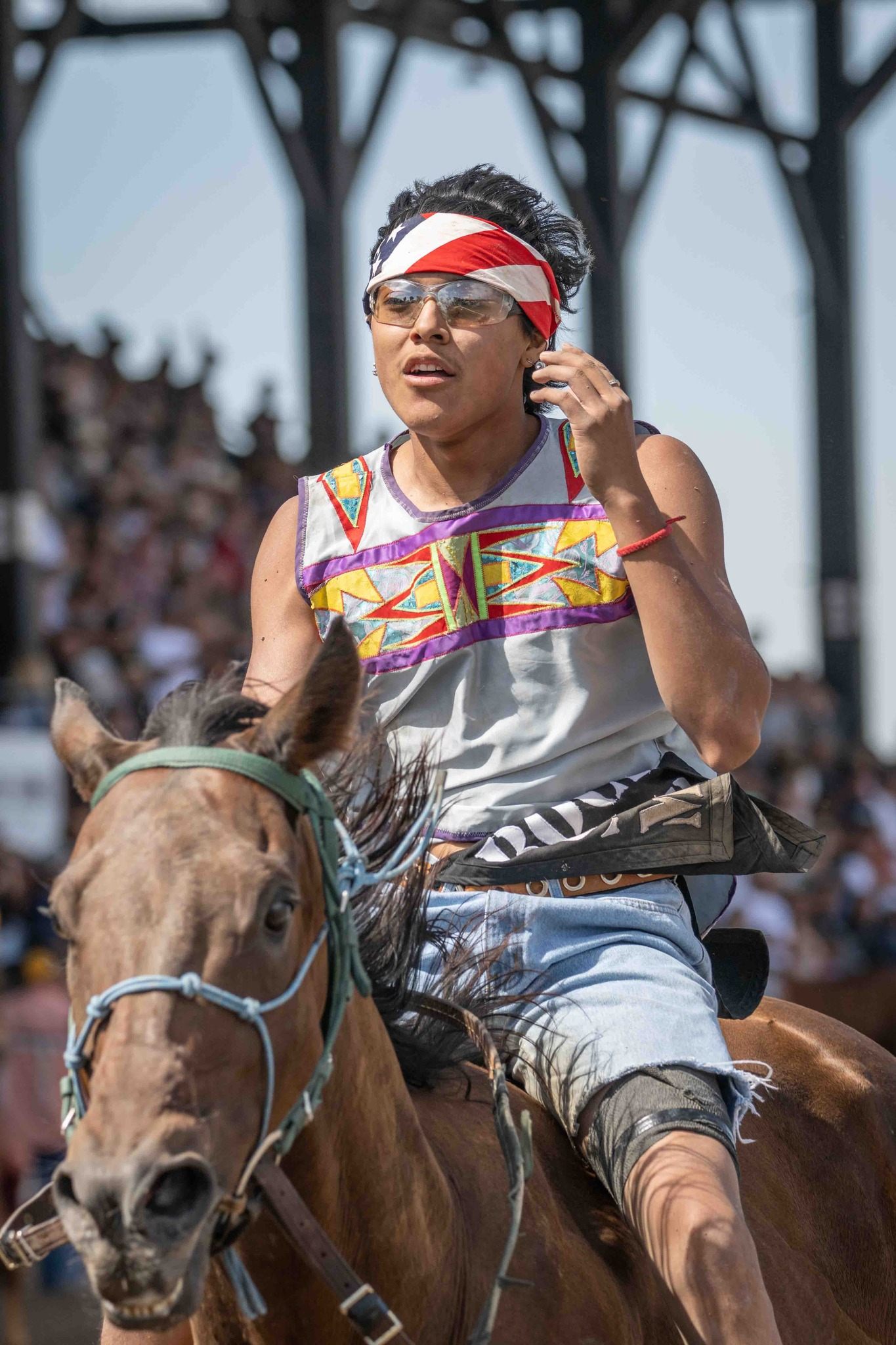
Like other Indian Relay teams, the Tissidimit Team consists of four members: one rider (or jockey, which, in this case, is Coby), two holders (Coby’s uncle, Lance Tissidimit, who’s also the team’s owner and the person behind its name, and Coby’s cousin, Chancey Tissidimit), and a mugger (also known as a catcher, who is Coby’s other cousin, Jaren Tissidimit). There’s also an alternate, as well as three (sometimes four) horses.
At each relay, up to eight teams compete around an oval track that can be anywhere from a quarter-mile to a mile-long loop. Each team must complete three laps, with the fastest team earning first place and the teams with the best times advancing on to the next heat. During each race, jockeys ride bareback using only reins, a whip, and their legs to direct the horse. Once they complete a lap, the riders must then leap onto a new horse without stopping their lap. It’s no easy task. To make the exchange without injury, the whole team has to work together. The mugger’s role is to catch the incoming horse, a job that requires unflinching fearlessness as the animal comes barreling towards them at up to 25 mph. Then there are the holders, steadying the new horse and keeping it calm while awaiting that next exchange.
“If a catcher misses a horse during an exchange, or somehow interferes with a rider jumping off, it can cause a big problem,” says Coby. “It’s all about teamwork.”
Teams can be disqualified for things like a rider not having both feet on the ground between mounts, or initiating a false start.
Each Indian Relay team member must be a federally recognized Indian. “Each tribe has an enrollment process for their respective tribal members,” says Alonzo Coby, Azeri’s father, “and are given an ID card for proof once they’re verified.” Team members are required to wear matching shirts but they’re allowed to go without safety gear, such as helmets and body armor.
For many teams, Indian Relay is a family sport. Coby first visited the race tracks with his father, Alonzo, when he was only three years old. Alonzo also rode in relays for more than 20 years, as did Coby’s grandfather, and his great-grandfather legendary Indian Relay jockey Keno “Yambasi” Coby. There’s even a jockey award bearing the latter’s name.
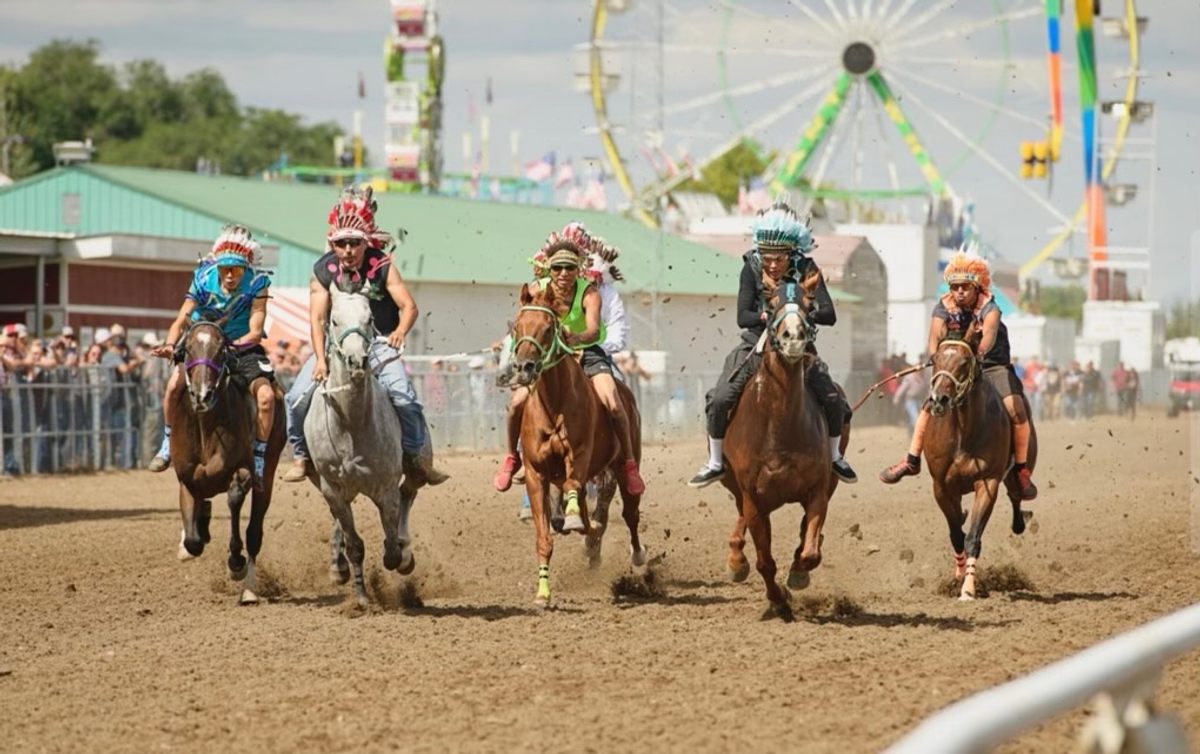
“Families [are] traveling together, camping together,” says Dianne Baumann, an assistant professor of Anthropology and American Indian studies at the University of Idaho, and a registered descendant of the Blackfeet Nation. “The relay is often a healing practice. I’ve seen what it’s done for my own family members, how it’s brought them together.”
Despite his family’s history in the sport, Coby wasn’t initially interested in racing in the Indian Relay. The Utah State University computer science major originally wanted to be a bull rider. “But my parents thought it was too dangerous,” he says.
By the time Coby reached his sophomore year of high school, he realized that relay was in his blood. “I knew that I’d have the resources and know-how to do [it],” he says. Today, he’s one of the sport’s youngest riders (riders typically range in age from 16 to 35 years old).
During relay season, Coby wakes at 5 a.m. most weekdays and spends his mornings and afternoons doing IT work for the tribe: “Any sort of technology that’s in line with computer science,” he says. He’ll then head home to pick up his horses and take them to the track in the evenings. For those next three hours, Coby practices exchanges and jumps with the horses to ensure each horse is fit and healthy, and rehearses actual races alongside his team members, “so that we can fix any mistakes that we made in a previous race,” he says. “It’s a team sport and we try to perfect every position.”
He also maintains a rigorous physical training regime, from quick sprints to long-distance runs. “Training is an everyday thing,” he says. The 5’9” athlete also works hard to maintain a weight of 150 pounds, because—as with other horse racing jockeys— “the smaller and lighter the rider, the better,” says Coby.

The most important part of the Indian Relay is each rider’s relationship with their horse. All of the horses that compete must be Indian-owned according to relay rules, and Coby owns three thoroughbreds. He jokingly calls his horses his “sons,” because “they’re more like my babies than animals.”
There’s Henry and Carrot, Coby’s two younger horses. “I’ve only ever used them in single races,” he says, “but will start them both on the relay team once they’re a little more mellowed out.” Coby also has the 9-year-old gelding Assay, who Coby races with regularly. Although the team trains most of Tissidimit Team’s horses (the bulk of which belong to Coby’s uncle) to ride whatever leg of the race they excel in most, Assay has shown he “can be first horse, middle exchange horse, or last horse,” says Coby. “He does it all.”
“There is a serious bond between the teams and the animals,” says Baumann, “especially among the Plains people.” It’s a bond that goes back centuries. “Our relationships with other tribes opened up substantially with the arrival of horses” in the 16th century. Hunting prospects improved, too. “In most tribes that are horse tribes, the connection that we have with our animals is quite special.”
Coby’s father, Alonzo, agrees. “My grandpa always told me, ‘never be scared of the horses, especially when you’re racing,’” he says. “‘They take care of you on and around the track.’”
About a week before a race, Coby’s parents, cousins, uncle, and other relatives take part in a traditional sweat lodge ceremony to offer prayers for the safety of all of the teams.
After that, it’s go-time.
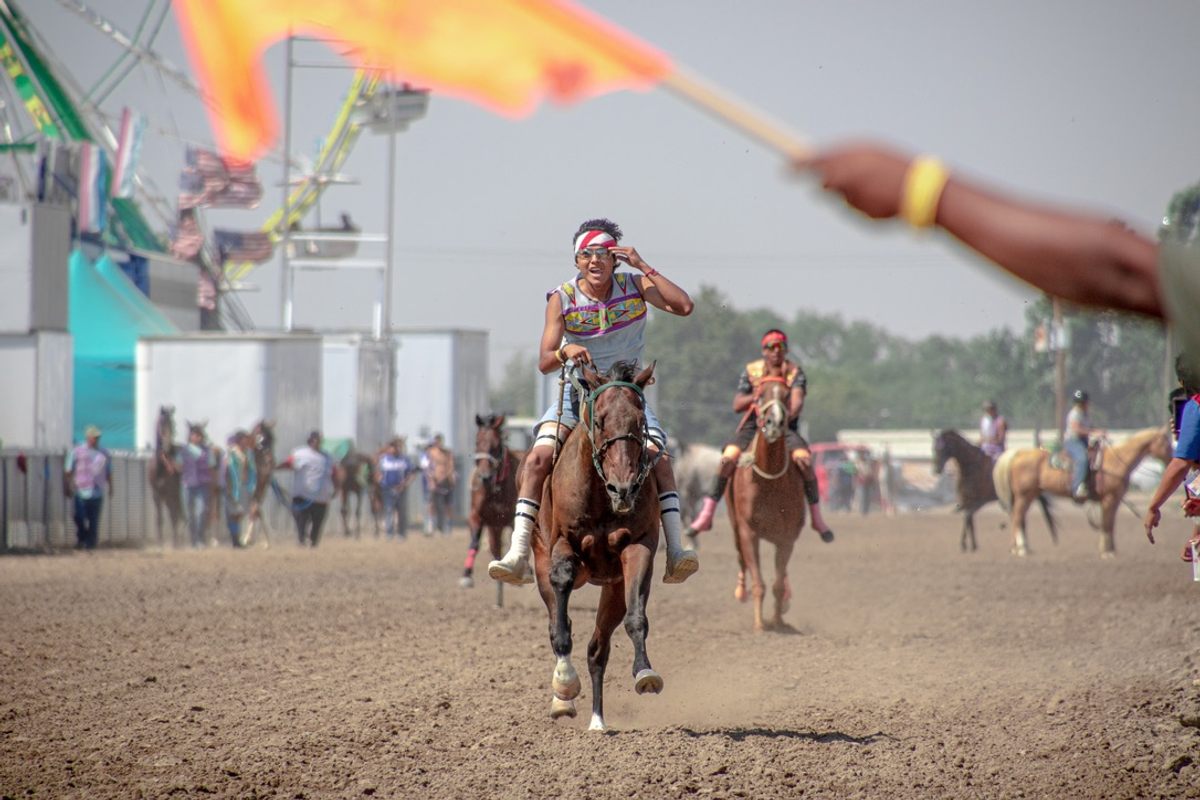
“Nobody is making a fortune doing this,” says Walter Fleming, professor and chair of the Department of Native American Studies at Montana State University, and a self-proclaimed Indian Relay superfan. But while the sport has become more widespread in recent years, Fleming suspects that different audiences are in it for different reasons.
“For Indian audiences,” he says, “they’re thinking, ‘Here are our boys riding skillfully like our ancestors once did.’ Then you’ve got the non-native audiences who are saying, ‘Wow! I hope there’s a good wreck.’”
For Alonzo Coby, the contrast can be startling, even among some of the newer teams. “You have these teams that will compete solely for the money,” he says, “but they don’t know the first thing about relay history.” Some of these newer teams don’t understand the importance of specific races, such as the Shoshone-Bannock Festival in Fort Hall, Idaho, which is considered one of the sport’s top races due to the tribe’s deep-rooted relay tradition. “Sign-ups are first come, first served,” says the elder Coby, “and there’s often a waitlist.”
Some of the recent changes in the sport are for the better, however. Long a male-centric sport, women are getting into Indian Relay now too, with dozens of all-female relay teams competing across the U.S. and Canada. Prominent female riders like Paulina Alexis of western Canada’s Alexis Nakota Sioux Nation and Logan Red Crow of the Siksika Nation in southern Alberta (who was recently featured in the 2023 documentary Aitamaako’tamisskapi Natosi: Before the Sun), are proving that the sport isn’t just for boys.
Despite his injury at Browning’s North American Indian Days, Coby wasn’t discouraged. “When you lose a race or get injured,” he says, “it’s just more motivation to work harder.” So that’s exactly what Coby did, returning to the track just in time for Nationals. With a wrapped knee (“To err on the side of caution,” he says), Coby fights through the discomfort to win three out of five heats, including third place in the overall championship race.
Coby, of course, is thrilled. Still, it’s his father, Alonzo, who’s beaming. “Our family’s relay history dates back to the late 1800s,” he says, and it doesn’t seem to be stopping anytime soon. “I’m just so proud of my son for carrying on this long-running tradition.”
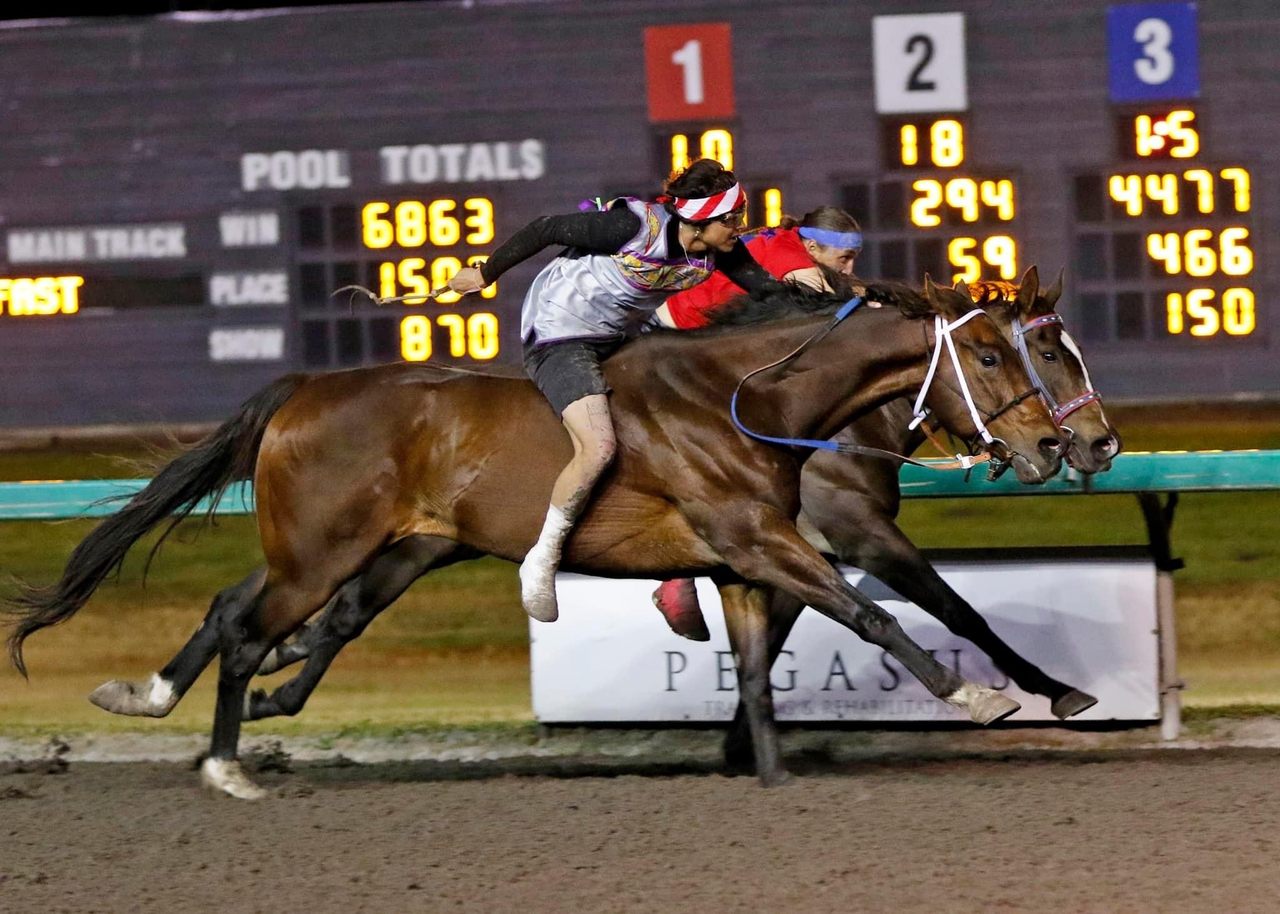








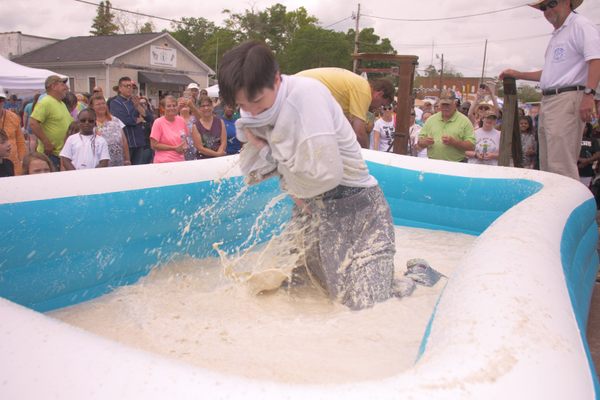

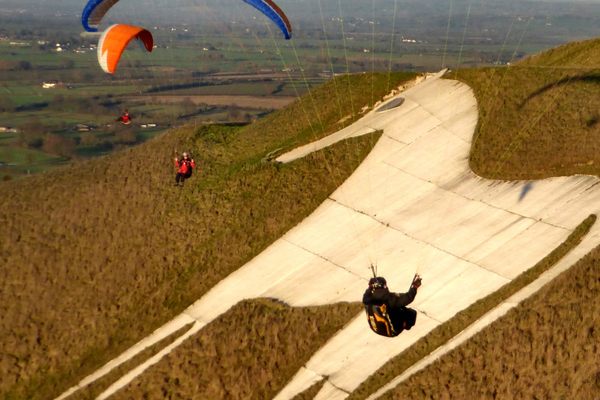












Follow us on Twitter to get the latest on the world's hidden wonders.
Like us on Facebook to get the latest on the world's hidden wonders.
Follow us on Twitter Like us on Facebook